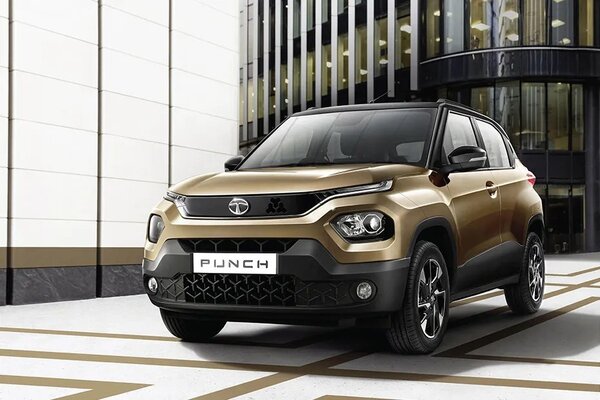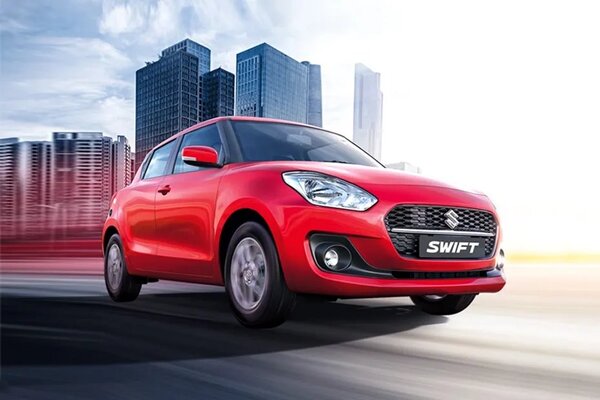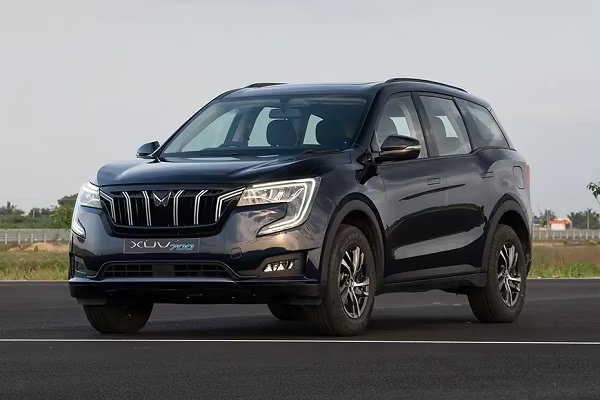Mercedes-Benz S-class S 350 CDI L tested
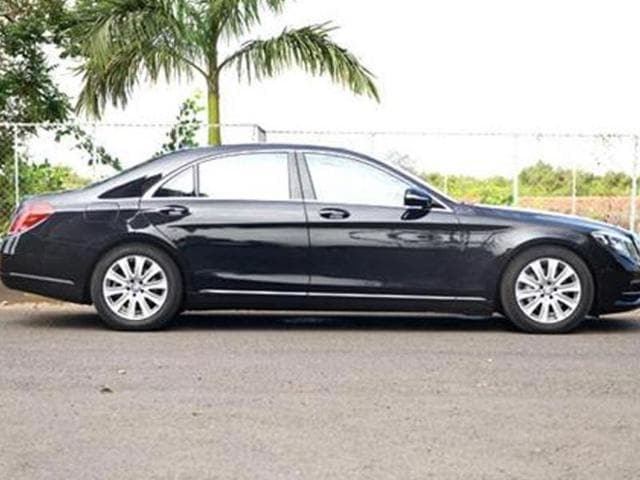

In our road test of the Mercedes-Benz S 500 L six months ago, we established that it had moved the goalposts for luxury cars in its class - and the class above - and that there really was some credence in calling it 'the best car in the world'.
So that's that, case closed, time to wait for the next competitor to challenge its position. Not quite, because if you ask the typical S-class buyers in India, they'll tell you the S 500 has one very critical flaw - its large, petrol-powered engine. You see, in just about every segment of car in India, running costs are paramount, including uber-luxury limousines such as the S-class, and it's no surprise that even in this segment, the diesel versions have, in recent years, been outselling the petrols exponentially.
Trending Cars
Which is why anticipation for this diesel version has been through the roof from day one. A diesel engine will typically sacrifice the inherent refinement and smoothness of a petrol - important factors in a car like this - but the dividends it pays at the fuel pumps is too big to be ignored, even for a crorepati. The new car is also less expensive to buy than the S 500, but then Merc has also taken some of the equipment away. So, will the S-class have to put down its crown now that it's running on diesel? That's what this road test aims to find out.
First things first, the S 500, in our last road test, was a fully imported CBU, and also one of the limited-run 'Launch Edition' models that only 125 lucky buyers will have got their hands on. Now, however, both the S 500 and the S 350 CDI are locally assembled, and while this has brought the costs down, some of the sumptuous kit we first sampled six months ago is gone. So what's missing in this new car?
From the outside, not much. Mercedes' massive chrome grille is still here, which really sets the tone for what an S-class should be. However, the wheels are rather tame- looking 18-inch alloys instead of the chunky 10-spoke, 19-inchers of the Launch Edition (although a different design of 19-inch wheel is standard on the S 500). The bodywork is exactly the same as before, apart from a slightly different rear bumper that does away with the rectangular exhaust tips of the petrol car. There's a wider choice of colours now - apart from the black and white colours of the Launch Edition, you can also have your S-class in one of two shades of silver.
Under the part-aluminium body, it uses the carmaker's Airmatic air suspension with adaptive dampers. Sadly, the cutting-edge Magic Body Control (MBC), which has redefined suspension technology, is off bounds for Indian customers. This unique radar-based system uses certain frequencies prohibited by Indian law.
Step into the cabin and you might notice some omissions if you've driven the Launch Edition S 500. The cabin is still an exquisite blend of real wood, fine leather and soft brushed aluminium, blending the past and future of perceived luxury together seamlessly. The material quality, fit and finish are flawless too. However, the leather is no longer quilted on the dash, door pads and seats as before, and some wood trim is missing from the steering wheel and doors, though, to be honest, we had to look back at pictures from our previous test to realise this.
What was more immediately noticeable was that the split rear seat - another Launch Edition exclusive - is gone. This means you lose out on the heated and cooled rear cup holders and the pull-out tray tables. What you get instead is a more conventional bench-style arrangement which, if you flip up the central armrest, can seat a fifth passenger. However, the two outer buckets still recline, will heat or cool you, and will give you a hot stone massage. More than anything else, however, they still soak you up as softly and comfortably as before. You even get the rear entertainment package with its twin 10-inch screens, the twin sunroofs and the chauffeur package - whereby you can push the front passenger seat forward by a ridiculous 77mm for more legroom. So, the back seat retains pretty much all of its appeal, and with a middle seat, it's a bit more practical too.
So what other goodies have been lost in the diesel version? The Burmester audio system has been pared down from 24 speakers to 'just' 13, but you'd have to be a hardcore audiophile to really tell the difference - it still sounds phenomenal. The front seats no longer have a memory function, so when you swap places with your chauffeur, you will have to remember your driving position. The 360-degree cameras are replaced by just a single reversing camera; again more of an issue for the driver than the mogul in the back. Finally, there's no night vision system, nor a touchpad for the COMAND interface, and the boot doesn't get the button-operated electric close function. However, apart from the missing speakers and the split rear cabin, the rest of the goodies are still available on the locally assembled S 500 petrol.
On to the biggest change - the engine. It's the same 2,987cc turbocharged diesel V6 you'll find in the ML 350 CDI and GL 350 CDI, and it's also paired to the same seven-speed 7G-Tronic torque-converter automatic gearbox.
The power output of 255bhp is pretty much par for the course amongst the current crop of luxury 3.0-litre V6 diesels, although the 63.22kgm torque figure is class best, if only just. Incidentally, that's also 45bhp and 13.3kgm more than the old car. How does it feel on the road? In a word - serene. Apart from a brief thrum on start-up and the slightest suggestion of a purr should you approach the somewhat modest 4,200rpm redline, the level of refinement is almost eerie. This just doesn't sound like a diesel engine.
Set off, and you don't get any sort of maniacal shove, there's no judder from the gearbox and there's certainly no hint of anything as bourgeois as turbo lag. There are just two settings for the engine and gearbox - Eco and Sport; the former also gets paired with engine stop-start by default, which can then be turned off independently. We found, however, that for most cases, Sport is the better choice, even if it's the chauffeur at the wheel. The responses are better and the gearshifts, though quicker, aren't any more jolting or apparent in the cabin. Eco works well if you want to save fuel, sure, but when setting off from a standstill, there's an annoying trough in the power delivery that can create a mild lurch, which is not something you want interrupting your business nap in the back seat. Overall, however, power delivery comes via a superbly linear and creamy-smooth surge that just builds and builds all the way to the redline.
As with the engine and gearbox, settings for the adaptive Airmatic air suspension are down to a simplified two - Comfort and Sport. There is also a temporary 'raise' mode for tackling large speed breakers, which is handy, because the soft suspension combined with the long wheelbase means it can bottom out on large speed breakers if you're not careful. On normal roads, Comfort mode is a dream, as if someone is running ahead and dropping a pillow into every crack in the road before you hit it. Ironically, that's close in principle to the functionality of Magic Body Control, and we can only imagine how that would have worked if it were available in India. However, Comfort mode does, as can be expected, let in a fair bit of pitch and wallow, and so what's really welcome is that if you find it a bit too much, Sport mode is far from uncomfortable, and offers much better body control. If you'd never experienced the former, the latter would do just fine, even in a car like this.
On the flipside, expecting anything remotely sporty out of a car like this would be silly. The thing is, however, the body control is pretty impressive for something this big, and there's nowhere near as much roll as you'd expect. Sure, it won't change direction rapidly and the steering, though accurate, is light and unenthusiastic, but there is still a sense of occasion to driving this car.
Merc's 7G-Tronic gearbox gets the job done, but these days it's outclassed by more modern luxury gearboxes in terms of smoothness, reaction times and shift speed. It doesn't like to be hurried and so, even in Sport mode, it's best not to ask too much of it. There are paddles too, but again, you feel like you shouldn't be using them in a car like this. Driven unhurried though, it works absolutely fine, and won't disturb the sense of calm in the cabin. And what of those improved diesel running costs? Our tests gave us 7.2kpl in the city and 11.2kpl out on the highway, which of course is a fair bit better than the 4.9kpl and 7kpl of the S 500 petrol.







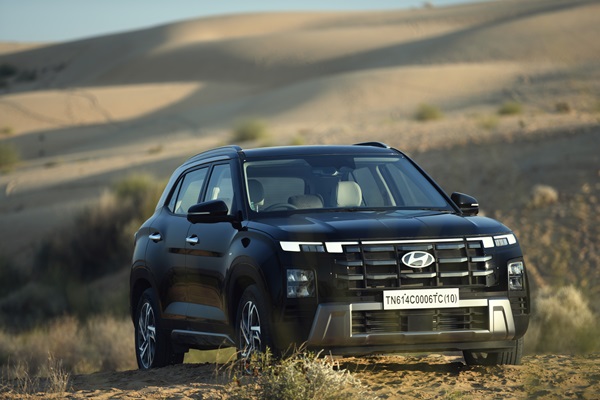
 1497 cc
1497 cc Multiple
Multiple
